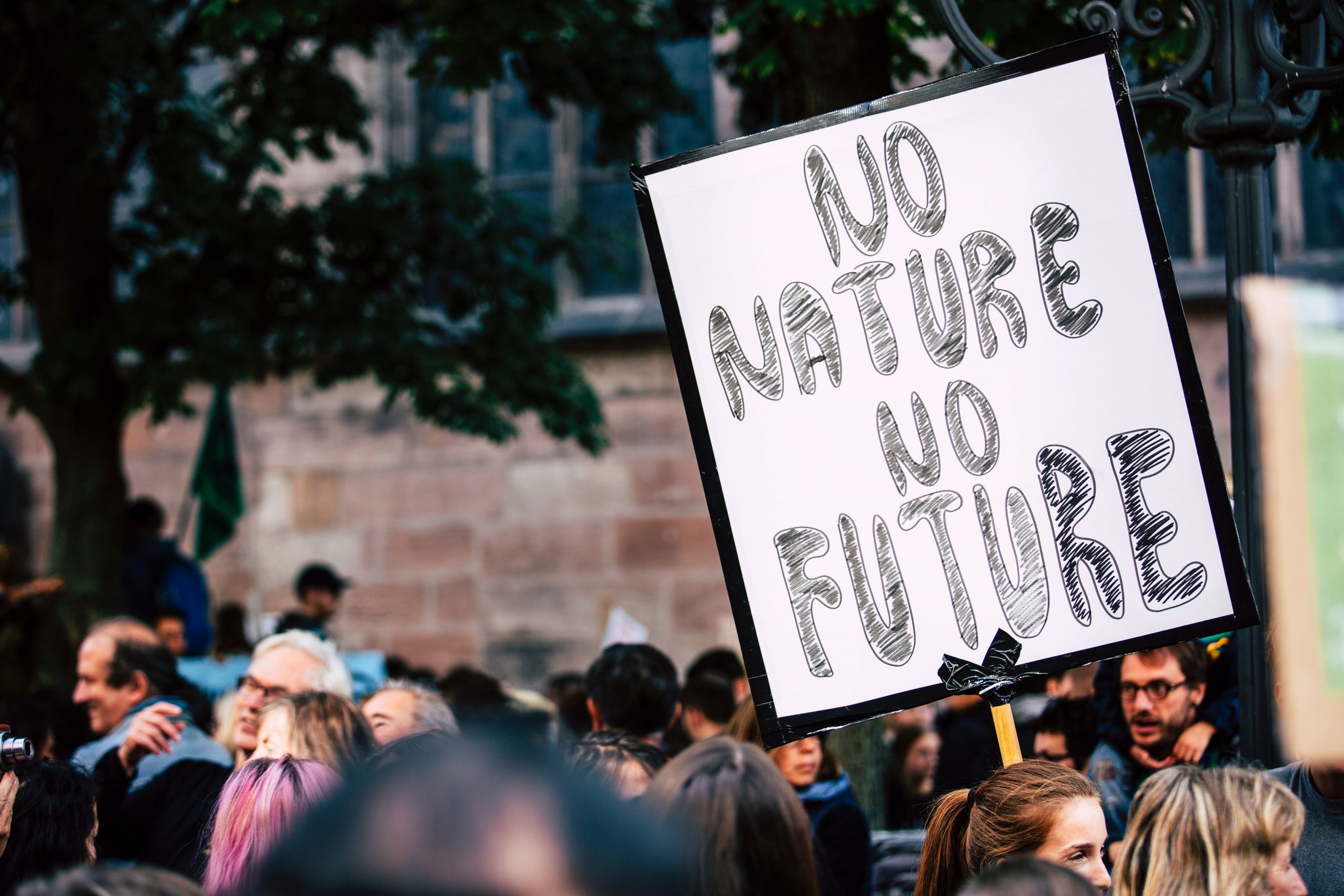The world may warm
by 2.4°C surpassing the critical 2°C-mark despite the pledges made by nations
at the ongoing COP26 summit in Glasgow, Scotland, according to an analysis by
watchdog Climate Action Tracker (CAT). The CAT analysis showed that global
greenhouse gas emissions will double by 2030, which is twice as high as what is
necessary to limit warming to 1.5°C.
Also Read | COP26: EU pledges $116M to climate change adaptation fund
The temperature
marks are significant because beyond the 1.5°C threshold, scientists expect
rise in adverse weather events and the world to face the worst consequences of
the climate crisis.
The analysis comes
as countries across the world are holding discussions on ways to stave of the
worst impacts of climate change at the United Nations Climate Change Conference
(COP26). At the climate summit, several countries have set net zero deadlines.
Also Read | Australia proposes new $738 million low emissions investment fund
The net zero goals
of 40 countries make up for 85% of global emissions cuts. However, CAT found
that only 6% of those targets actually came with concrete plans. Bill Hare, CEO
of Climate Analytics, said, “It’s all very well for leaders to claim they have
a net zero target, but if they have no plans as to how to get to there, and
their 2030 targets are as low as so many of them are, then frankly, these net
zero targets are just lip service to real climate action.” Glasgow has a
serious credibility gap, he added.
Also Read | These 6 cities will submerge before 2030 due to climate change
As the climate
summit progresses, experts have repeatedly warned that the pledges and deals
made may not be sufficient to meet the urgency of the moment and would not be able
to bring the world closer to limit global warming to 1.5°C.
Also Read | Obama hits Russia, China for ‘lack of urgency’ on climate
“There’s a lot of
big statements, which don’t have the details underneath; exactly when, how much
and who’s going to do what,” said Helen Mountford, vice president for climate
and economics at the World Resources Institute.







